Whether you’re an amateur, professional musician, or sound producer, at some point, you’ll come across MIDI – “Musical Instrument Digital Interface.”. Instructables says it has been used since the 1980s – even longer than the mp3 which totally revolutionized the way we listen to music.
These days, people use MIDI for all kinds of things, but we most commonly use it for triggering virtual software instruments in a digital audio workstation (DAW). That said, like any platform, communications standard, or file type, MIDI has its upsides and downsides.
The advantage of MIDI audio files is its smaller file size, easier and quicker playback capabilities, and its better sound quality, depending on the instrument inputs. The disadvantage of MIDI is also its strength because it’s just a set of instructions for software and computers.
The Benefits Of Using MIDI
1) MIDI Is Versatile And It Can Be Programmed to Control and Trigger Many Devices

The beauty behind MIDI is that it is a standard protocol system that so many devices use. Through binary code, (the 1s and 0s that computers understand), the interface allows for communication between all kinds of instruments and products. As an example, MIDI can control both Yamaha and Roland keyboards – just to name only two.
It allows for a much simpler approach to music production, including the communication between instruments despite the differences between manufacturers and their products. The sound engineer has the advantage of efficiency because of MIDI.
Before MIDI was around, musicians and performers didn’t have the same luxury. That’s why a lot of smart people came together and decided they needed to all agree on a universal standard that everyone would use and adopt. That’s how MIDI was born.
On a similar note, a part of MIDI’s usefulness has to do with the .mid file, itself. It’s just a file that triggers a set of instructions in your DAW or sound library.
As I’ll talk about down below in the sub-section on how .mid files are small, these files are tiny and all DAWs can understand them. They are the packets of data that allow communication between devices.
2) You Can Use MIDI To Control Many Devices At the Same Time
![DJ Set - Pros and Cons of MIDI [What You Need to Know]](https://producersociety.com/wp-content/uploads/2022/03/DJ-Set-Pros-and-Cons-of-MIDI-What-You-Need-to-Know.jpg)
The Landr YouTube video that I linked later in the article did a good job of demonstrating the way MIDI can be used to trigger many devices – at the same time. You can control a DAW, a MIDI keyboard, a drum machine, a Moog synthesizer, and a whole host of other sounds and instruments with just MIDI, essentially freeing up all of your hands.
This is fantastic for live performances and it’s equally as awesome for recording too. It can even be used to control things like lighting. Personally, I don’t use MIDI in this way, but it’s easy to understand how many people would.
These days, you can even use IK Multimedia’s MIDI pedal that allows you to control effects like wah-wah for the guitar. I’ve never used one of these but I know that Ola Englund has one and he seems to like it. I trust that guy, but anyway, I digress.
3) MIDI Created A Universal Standard For Many Types of Devices to Use
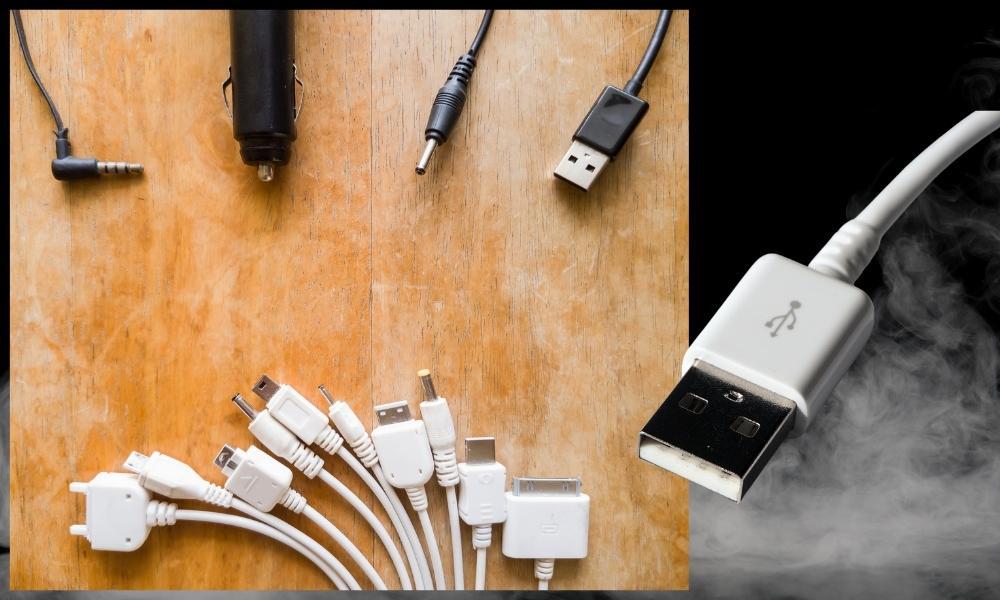
As I said a moment ago, imagine if there was a time when every single manufacturer had their own port and connector? The kinds of problems and annoyances that would cause for every musician out there would be indescribable.
A connector for your MIDI keyboard, a different one for your drum pad, another one for your iRig Stomp I/O, another one for a synth, etc. This is a nightmare.
MIDI was able to get around all of that so now we have a standard that works for pretty much everything. On a slightly unrelated note, MIDI information can also be sent through USB which is something I mentioned in my MIDI vs USB article.
That’s why modern MIDI controllers don’t necessarily have MIDI IN/OUT/THRU on them anymore, as USB can send and receive this information. Most of the best devices for music production do still have MIDI though, including the M-Audio Oxygen Pro 61.
4) MIDI Also Has Clocking Information

The timing and BPM of your DAW and MIDI controller can (and must) be synchronized together, which makes it pretty useful for a lot of things. Additionally, your DAW can be used to control the BPM of your drum machine and vice versa.
Sweetwater calls it the “MIDI Clock” which is something that I didn’t know about it until I wrote this article. In simple terms, this is just a signal that synchronizes the timing of all your devices. Without it, it would be hard to use everything in the same way.
You wouldn’t be able to use something like an arpeggiator – as one example (I have a guide on that btw). This topic is a little bit beyond my pay grade, but this article here looks like a fairly scientific take on it if you’re interested.
5) You Can Use Control Messages To Control Other Parameters (Instead of Only Notes)
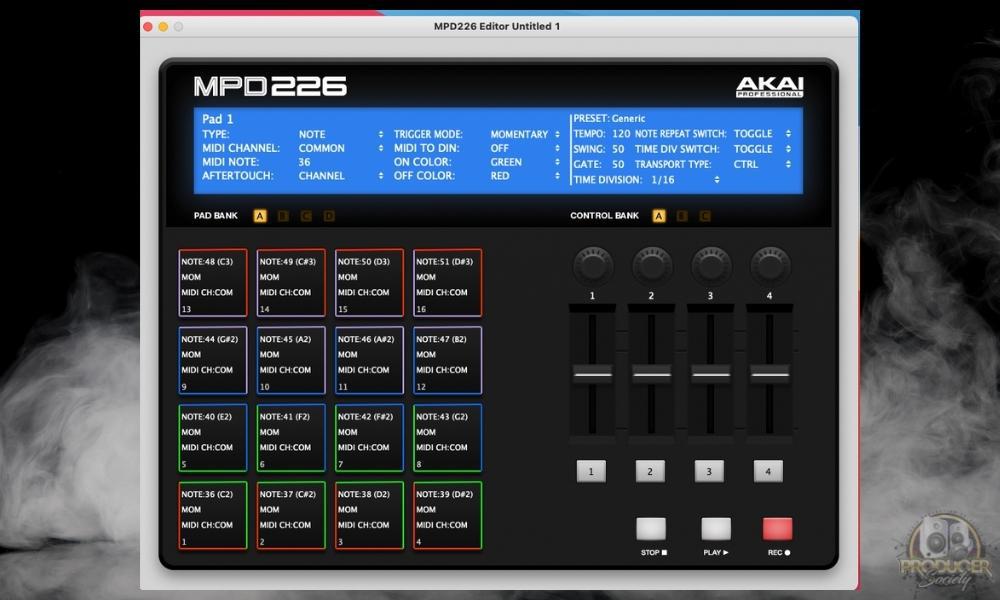
You can use the AKAI MPD 226 editor, for instance, to program your MIDI drum pads to control different things in your DAW and your other devices.
This is a pretty cool feature, although, it’s not one that I use too often. Just a couple of examples: you can use different knobs on your device to control things like velocity, volume, quantization, and more.
That said, there can be incompatibilities between certain DAWs and MIDI controllers at times. For instance, I know that GarageBand didn’t work with the Korg control pad, but it seemed to work just fine for FL Studio and Logic.
The Logic Remote was my savior at the end of the day, and it turns out I didn’t even need a control surface to start with.
6) With MIDI, You Only Need a Computer (and A DAW) Rather Than Dozens Of Musicians
![Compute - Pros and Cons of MIDI [What You Need to Know]](https://producersociety.com/wp-content/uploads/2022/03/Compute-Pros-and-Cons-of-MIDI-What-You-Need-to-Know-.jpg)
MIDI allows you to save money and time as well as be able to work from the comfort of your home or home studio. If you have the desire to become a self-made musician, now is the time as MIDI and computers have drastically changed the music industry. For one, everything is a lot more accessible.
According to this article on OnManorama, there was a time when we needed expensive and heavy equipment as professional session musicians. Now with a decent computer and a digital workstation you can produce the music of your choice in your own time.
It is important to note that MIDI does not produce a sound itself. Rather it is just the messaging system. According to Instructables, messages include things like “note on,” “note off,” “shorter note,” “longer note” and many more. MIDI instruments interpret these messages to produce a sound.
7) MIDI Files Are A Lot Smaller Than Digital Audio Files
![Mid vs Mp3 - Pros and Cons of MIDI [What You Need to Know]](https://producersociety.com/wp-content/uploads/2022/03/Mid-vs-Mp3-Pros-and-Cons-of-MIDI-What-You-Need-to-Know.jpg)
One of the biggest, if not the biggest, the benefit of MIDI is the smaller file size. With the constant development of new technology comes the need for more space or smaller files to allow optimal playback and processing speeds. Because MIDI is not recorded sound and it’s just a batch of instructions, the files are small.
They’re a lot smaller than digital audio files which record the actual sound. Compared to something like a .aif or .wave file, MIDI is tiny. The benefits of having smaller files obviously save space on your computer or storage device. But smaller MIDI files also allow for faster file transfer, faster upload, and online playing too.
The super small size of the .mid file is part of its genius. An audio file records thousands of samples per second, so there’s a lot of data there. But the same thing can’t be said for MIDI, and that’s part of why it’s so useful for music producers and performers.
8) Editing Is Made Easier With MIDI
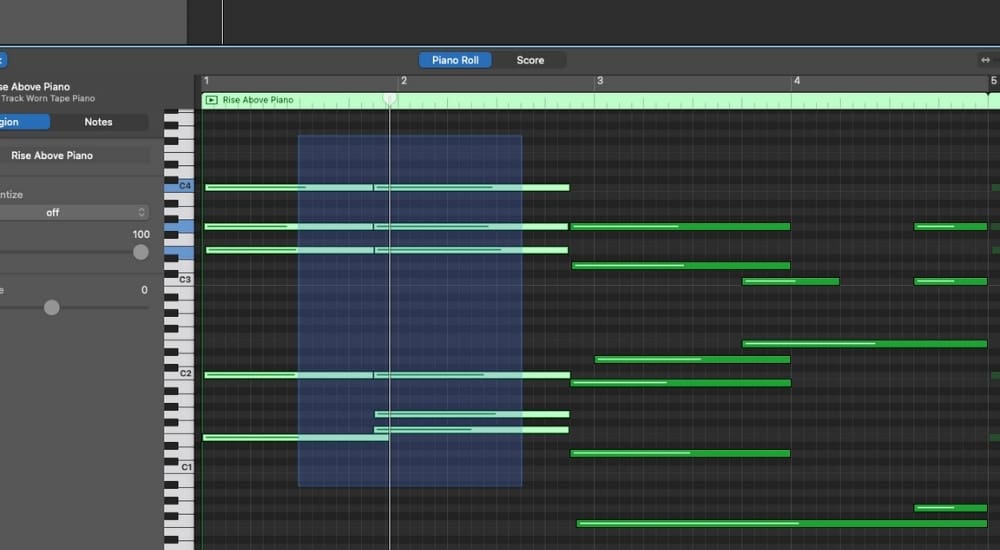
Because MIDI only records instructions and not the actual sound, we can change things after they’ve been recorded.
You can use software to edit audio as well, but MIDI makes this super easy. This means that the information of an electric guitar can be easily transferred to another channel such as an electronic keyboard, for example.
One thing I learned from this YouTube video here is that MIDI allows the user to create independent channels for each track, and this is what makes multiple tracks possible. As an example, one could have an electric keyboard, a drum kit, and an electric guitar. As a matter of fact, you can have way more than that.

The separation of each instrument allows the producer to easily identify faults and make editing changes. As far as I’m concerned, this is one of the best features of MIDI that make it such a pleasure to work with.
Real-life recorded instruments like acoustic guitar sound amazing (my guide on that), but having the ability to edit in post is incredible.
MIDI allows the sound engineer to make detailed editing changes to things like the velocity (the loudness or softness) and length of a single note.
Each note can be easily moved to a different pitch or instrument – which can all be done on a computer. The beauty of this process is that it does not require an expensive studio to do any of it.
9) The Playback Quality Isn’t A Problem With MIDI (Because They’re Just Instructions)

Nothing beats consistency and MIDI offers just that. One should keep in mind that the sound quality is a result of the speakers and other instruments and not that of MIDI. Thus, the limitation to sound will arise from other gear, rather than MIDI by itself.
The best way to explain the concept of playback quality is through a comparison between MIDI and digital audio which this website has done a little bit. A straightforward way to understand digital audio is by thinking about how we record sounds from a microphone.
The outcome of the quality of the sound will depend on the recording device and the equipment, the singer, the audio interface, etc. As with MIDI, the audio is not dependent on the recording device or equipment as MIDI does not contain sound the same way as digital audio.
This is a great advantage as there is no need to re-record sections for the desired playback quality. Again, MIDI saves you time and money. We’re starting to sound like a bit of a broken record here, so let’s move on.
10) MIDI Is A 40-Year-Old Standard So It Can Be Used For Old Technology
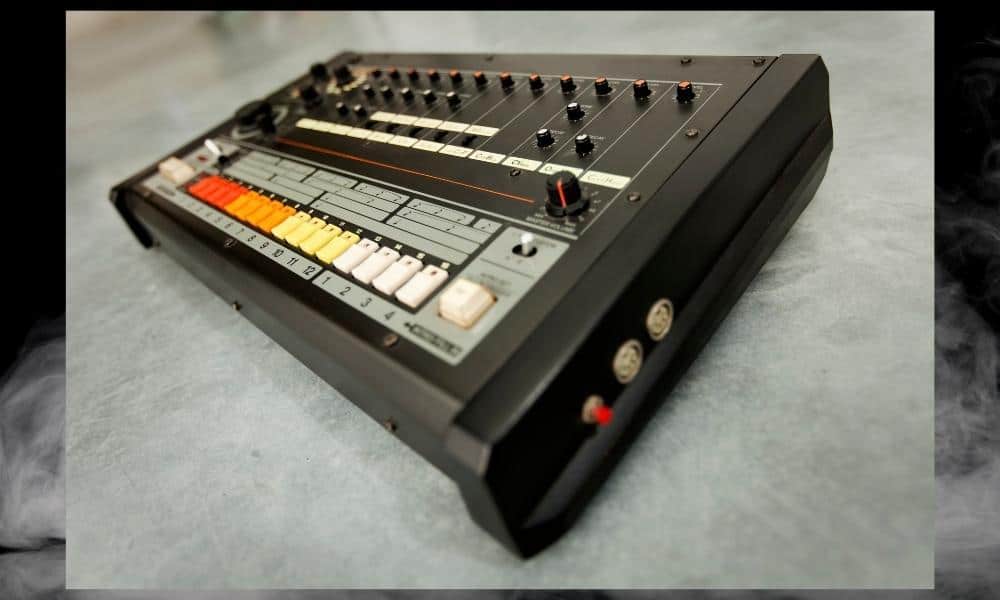
A picture down below shows that my grandfather’s old Yamaha keyboard – which was released in 1999 – is still totally functional today. I used it to control FL Studio and GarageBand about a month ago while I was visiting my parents’ house and I didn’t have a MIDI keyboard with me.
If your device is in the era where it has MIDI ports, it still works 100% with all of today’s technology (at least in most cases). Maybe this isn’t impressive to some people, but I think it’s amazing, especially as an Apple products user.
These people make it so we have to buy new adapters constantly, but 40-year-old devices with MIDI IN/OUT/THRU are still rocking and as good as ever. For instance, like I just said in that image’s caption, you can still use an old Roland TR-808 with a DAW and those things are ancient.
The Disadvantages Of Using MIDI
1) MIDI IN And OUT Ports Are Less Common On New Devices
![MIDI IN/OUT On Old Devices - Pros and Cons of MIDI [What You Need to Know]](https://producersociety.com/wp-content/uploads/2022/03/MIDI-INOUT-On-Old-Devices-Pros-and-Cons-of-MIDI-What-You-Need-to-Know.jpg)
Most modern devices will have both traditional MIDI and USB connections. However, should a device not have a USB you can get around this by using a USB to MIDI adaptor. The PreSonus Audiobox 96 or another interface with MIDI ports will do the trick. There are three ports to MIDI that one must be aware of.
There is MIDI IN, MIDI THRU, and MIDI OUT. These three aspects are crucial for MIDI to operate. Fewer ports are available on devices, as technology changes. The problem with this is that you may need to buy additional gear.
Simply put, another device, such as the USB to MIDI adaptor, means extra costs. That said, the extra costs aren’t too bad so no one is crying themselves to sleep over it.
2) MIDI Instruments Can Sound Pretty Bad Sometimes

Some of the worst VSTs and MIDI instruments I’ve heard are guitar VSTS, but that could be because I have a solid frame of reference, considering I’m a guitar player. Either way, you can really encounter some real stinkers in terms of other samples and sounds that you control with MIDI.
Just as the playback is dependent on the quality of the speakers, the final product is dependent on the quality of the MIDI instrument. MIDI is really just an interface for technology to communicate with each other (hence the acronym, Musical Instrument Digital Interface).
It may not sound realistic, but it ultimately depends on what the MIDI is triggering and controlling. Virtual instruments are improving all of the time and MIDI is still there 40 years later to control it. Komplete 13 is a great example of sample libraries and virtual instruments that sound great.
MIDI controllers like the M-Audio Oxygen Pro 61 are awesome and fun to use as well. A lot can be done with this useful technology, much of it beyond what I currently use it for. Getting back to the main topic though, MIDI leaves out some information that audio does capture.
There are dynamics, tonal characteristics, environmental sounds, etc, that MIDI doesn’t capture. This is both a strength and a weakness. It’s part of what makes working with MIDI so clean, but some argue there is a lifelessness with this kind of technology.
3) With MIDI, The Quality Of The Sound Card (And Your CPU) Matters A Lot
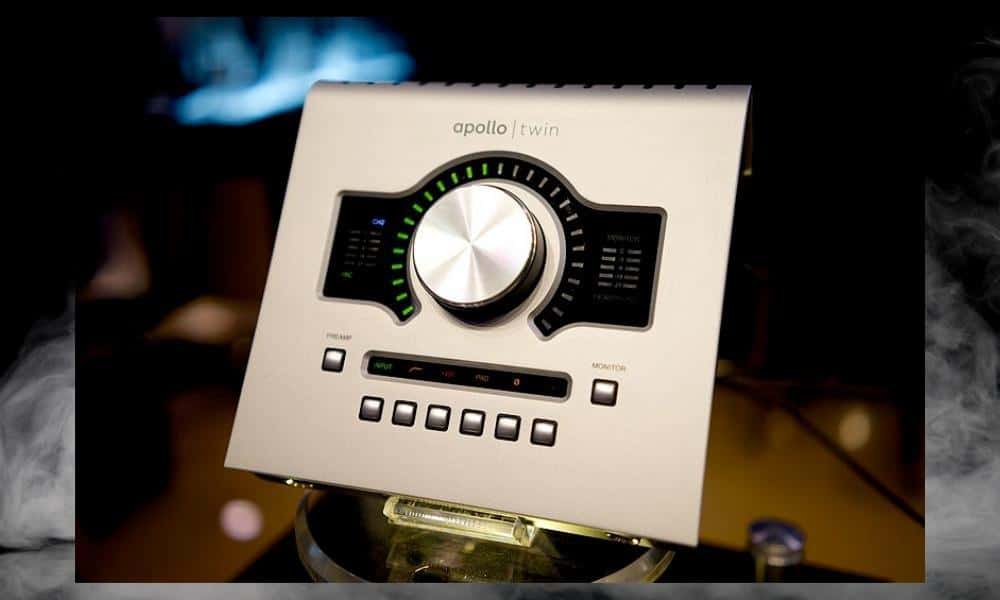
The sound card in your computer processes audio information into binary code And like all processors, they can either be slow or fast depending on their quality. But why is this a problem? The quick answer is that most computers have fairly poor-quality sound cards.
A low-quality sound card can result in a delayed playback (also called latency – more on that in my guide) which is very frustrating, especially if you have multiple instrument channels operating.
The sound card could be a separate device like the Scarlett 2i2, for instance, however, you could also install it on the computer’s motherboard.
General operation lagging (something that everyone is familiar with) is sometimes a side effect of a low-quality sound card. The obvious way to fix this issue would be to invest in a decent to high-quality sound card that can handle your specific workload.
In my case, the lack of RAM and processor speed of my MacBook Pro is the primary reason I have lag and latency these days. That’s why I currently have this MacBook Pro in my shopping cart. The one I have now is just too weak, which is what I mentioned briefly in my guide to the best device for GarageBand.
That said, your sound card and your computer matter for a lot of other things in the music production process too. So it’s not like it’s unique to MIDI.
4) MIDI Only Works On Instruments With Digital Capabilties
Like this YouTube video above points out and like I’ve said many times already, MIDI does not record sound and it does not work with any acoustic instrument, ie, singing or rapping. These two musical mediums are far too complex for the interface to handle.
Instruments such as the drums and acoustic guitar would not work with MIDI. However, if one were to make use of a drum machine or an electric guitar then MIDI would recognize the instrument.
At least if you have the means to turn these analog sounds into binary code, ie, an audio interface. But again, it’s hard to really consider this a weakness because it’s partially its strength. The whole point of MIDI is that it isn’t just audio. Let’s get into more of that now.
Is MIDI or Audio Better?

Comparing MIDI and Audio is like comparing apples and oranges as they’re used for different things. For instance, MIDI is more of a language and technological standard that’s used for triggering sound libraries, samples, and also for communicating between different devices.
Audio, on the other hand, is a file format that’s used to record analog sounds. Both have their own file formats, but the audio is enough on its own. With MIDI, you need a sample library, device, or a computer to actually make the .MID files perform a particular action.
Is MIDI Still Used?

MIDI is used frequently, in not only music production, but also in live performances and stage production, lighting, and pyrotechnics. And considering MIDI 2.0 is on its way, it’s unlikely that it’s going to disappear anytime soon, even if some devices have chosen to avoid using a MIDI/IN/OUT/Thru port.
A useful video on MIDI is the one from Landr which you can find in the video shown below. The guy knows a lot more about MIDI than I do, and he shows some of the cool ways that you can use it.
Regarding whether MIDI is still used, considering how useful it is almost 40 years later, I don’t think it’s going anywhere anytime soon. Although, I don’t have a crystal ball and I can’t predict such things. That’s just my educated guess on the subject.
Important Things To Note About The Pros And Cons Of MIDI
1) Always Keep An Open Mind To New Technology
There’s a reason why we continue to use MIDI even to this day. That said, keep your eyes open for new ways of doing things. There are pros and cons to various communications. Make use of whatever device or project best serves what you’re doing at the time.


 Written By :
Written By : 